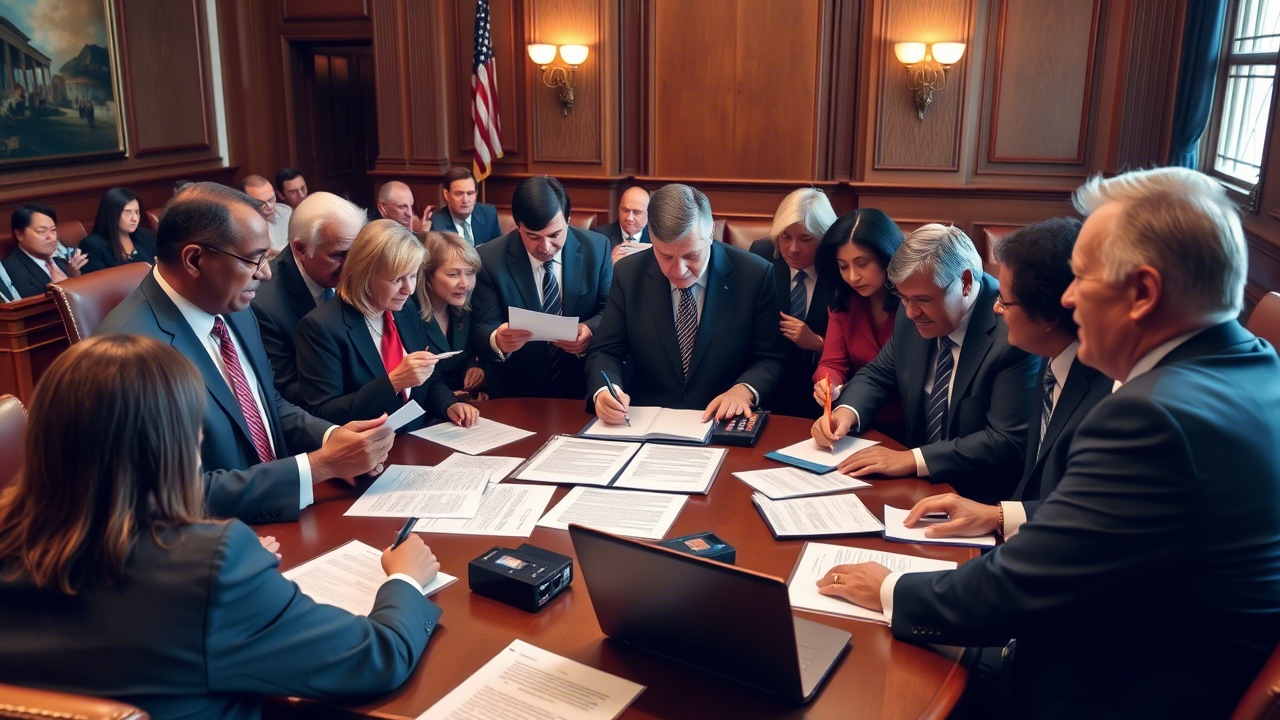U.S. lawmakers have unveiled the STABLE Act, aiming to bring clearer oversight to stablecoins by integrating traditional financial safeguards with digital asset regulations. The proposed legislation seeks to enhance transparency and accountability as the market for stablecoins continues to expand.
The proposal introduced by Representatives Bryan Steil and French Hill details regulatory guidelines for issuing dollar-backed stablecoins, emphasizing transparency and consumer protection.

The Stablecoin Transparency and Accountability for a Better Ledger Economy (STABLE) Act is now under review in the Senate after securing bipartisan support and advancing through the Banking Committee.
Additionally, the U.S. Senate Banking Committee has moved forward with the Guiding and Establishing National Innovation for U.S. Stablecoins (GENIUS) Act, marking another step in legislative efforts to regulate stablecoins.
The STABLE Act and the GENIUS Act are two legislative proposals in the U.S. Congress aimed at regulating stablecoins, but they take different approaches to oversight and issuer requirements.
The key difference between the two is that the STABLE Act focuses on uniform federal regulation, while the GENIUS Act allows a mix of stated and federal oversight depending on the issuer’s size.
Related: Nasdaq Promises Fast Move on SEC Approval for Tokenized Stocks
A significant difference between the two bills is their treatment of algorithmic stablecoins. The GENIUS Act directs the U.S. Treasury Department to conduct a comprehensive study on these assets, commonly referred to as endogenously collateralized stablecoins, to better understand their potential risks
In contrast, the STABLE Act goes further by imposing a two-year moratorium on the issuance of algorithmic stablecoins, allowing regulators time to assess their impact and establish necessary safeguards.
Another key distinction lies in how each bill defines payment stablecoins. The GENIUS Act updates the definition to exclude stablecoins backed by other digital assets, ensuring that only those supported by tangible, stable reserves qualify. The STABLE Act also refines the definition but takes a broader approach to integrating stablecoins into financial markets.
Related: Thailand Orders Sam Altman’s World to Delete 1.2M Iris Scans or Jail
Both acts represent significant efforts to provide regulatory clarity in the rapidly evolving stablecoin market.
As these proposals advance, stakeholders will closely monitor their implications for innovation, financial stability, and consumer protection in the digital asset space.












